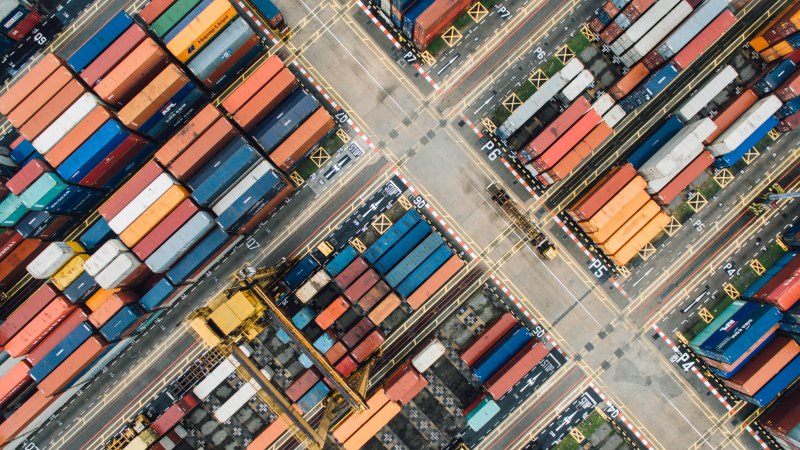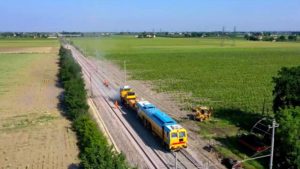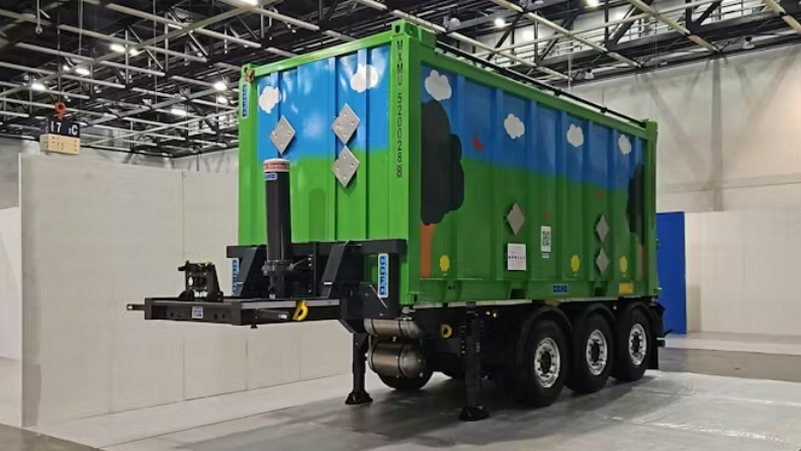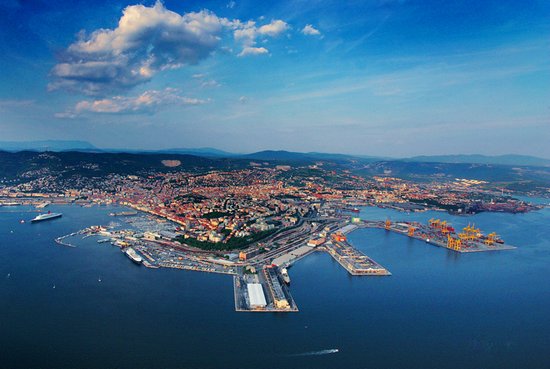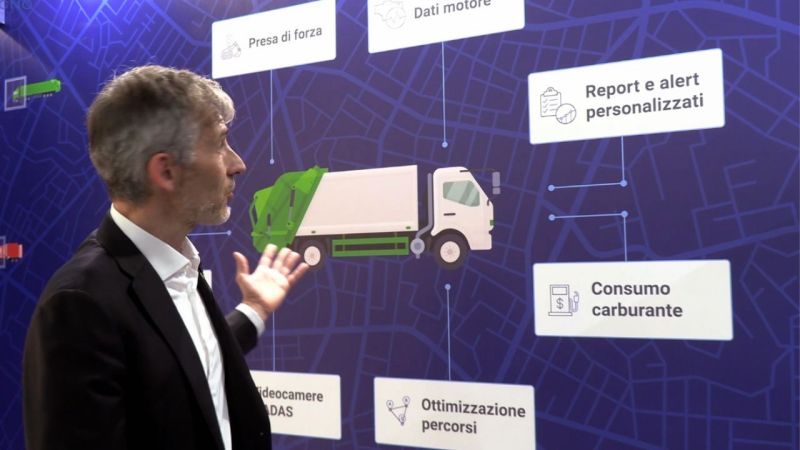"Closed for Construction." Some of Europe's major railways might as well display this sign over the summer of 2024—and in some cases, even into late autumn—due to numerous lines impacted by construction projects, leading to prolonged closures for rail operations. While it's inaccurate to suggest a coordinated effort, it is notable that this approach is being implemented almost simultaneously by railway administrations in Italy and Germany, as well as, to some extent, in Austria and Switzerland.
These decisions are causing considerable disruptions and challenges for railway companies, which are forced to devise alternative routes and bear additional costs. For instance, Swiss operator BLS Cargo has arranged detours through France, even resorting to diesel traction via Schaffhausen-Singen and Brenner routes. This is in response to the closure of the Rhine Valley railway between Rastatt and Baden-Baden, as well as the Iselle-Domodossola line. These closures are affecting major north-south European rail corridors or at least forcing them to contend with the presence of hundreds of construction sites along the lines.
The most critical situation is in Germany, where ongoing works are compounded by a railway service schedule that exhibits significant limitations and gaps. These issues became so apparent that in June 2024, SBB Cargo International issued a strong rebuke following a recent instance of what the Swiss described as "amateurish" management by the German railway network operator. DB IngraGo, in fact, controversially closed the Rhine railway without prior notice and without providing alternatives. The most significant ongoing investment in Germany along the Rhine-Alps corridor is the complete overhaul of the Frankfurt-Mannheim line, which involves a total closure for five months. However, the entire Mannheim-Erfurt route is also undergoing enhancement and quadrupling works.
Operators, strained by these disruptions, are demanding a subsidy system as compensation for the increased costs, a request supported by several German states aware of the challenging situation facing the railway system. According to the German association Die Güterbahnen, which represents around a hundred companies involved in freight transport by rail, route diversions and the resulting costs for personnel, traction energy, and increased wear and tear on equipment are likely to exacerbate the situation.
And Italy? The Italian railway network (RFI) has also scheduled numerous closures for works, some of which are expected to last months, if not years, such as the Codogno-Cremona-Mantua line. It is estimated that there are about four thousand construction sites along the railway lines, considering all ongoing projects, including routine maintenance. The acceleration is undoubtedly driven by the National Recovery and Resilience Plan (PNRR), which, in addition to providing substantial additional funds, sets deadlines that must be met, hence the need to start multiple projects simultaneously. The FS Group plans to invest €124 billion over ten years, nine billion of which in 2024, with €3.5 billion earmarked for maintenance, the activity that most impacts the regular circulation of trains.
Construction and disruptions are also affecting Austria, which is undergoing an ambitious investment program to upgrade the network, including doubling tracks and introducing new technologies. For example, the key Tauern route will undergo extensive modernization in the coming years. The centerpiece of the works is the main railway tunnel, 8.3 kilometers long, which will be completely closed from November 2024 to July 2025, forcing a large-scale diversion of all freight traffic affected by this international corridor.
Piermario Curti Sacchi



